
D&D Party Composition — Playing an All Ranger Party
Over on the Nerdarchy YouTube channel Nerdarchists Dave and Ted take to the wilds for an exploration of the idea of an all ranger party for fifth edition Dungeons & Dragons. Here on the website we take a different approach to this popular video series and continue my take on the concept of single party composition. Rangers in 5E D&D blend combat focused Ranger Archetype features with wilderness survival from the base class. But we’re focusing on a different kind of class here in our D&D academia campaign setting, the conceptual frame for this series. Courses at Ranger Conclaves offer correspondence learning for burgeoning rangers to provide practical instruction in the field. So let’s get into it.
How I would run an all ranger party for 5E D&D
Rangers in 5E D&D get a bad rap. Complex number matrices might very well indicate some mathematical deficiency when it comes to combat but this is a poor take on the class as a whole if the only consideration is comparing how much damage they can deal compared to, say, a warlock. Rangers as a base put exploration and knowledge of creatures at the forefront with Ranger Archetypes bolstering their prowess in battle and providing a collection of quirky abilities to represent the more fantastical components of the class.
“The ideal of the ranger has classic expressions.”
In D&D academia Ranger Conclaves invites these warriors of the wilderness to take advantage of a wide variety of opportunities designed for self directed distance learning. Courses aimed at individuals from diverse biomes who hold a connection to particular types of creatures receive course packets presenting various challenges and activities. Completing courses requires unsupervised hands on experience and while anyone can enroll to participate in these courses there’s plenty of creatures without ranger skills who sign up and are never heard from again. Because of the independent nature of these courses Ranger Conclaves maintains small satellite campus locations throughout the realms even in remote and harsh environments. This way rangers can range far and wide like they do and touch base with educators no matter where they find themselves.
Rangers who pursue their education with a cohort of like minded survivalists can expect their collective coursework to keep them on the move. This education plan is not for the sedentary sort and following courses plunges an all ranger party from one environment to another. One lesson may find the group tracking an aggressive cast of coastal bloodhawks one week and quelling a rampaging flock of grassland cockatrices the next. Because of their hyper specialized party composition a group of ranger students depends on each other for survival in these diverse terrains as they study, track, observe or hunt various creatures while exploring incredible vistas together.
During downtimes an all ranger party draws on the strength of its diverse members. Individual pursuits like musical instruments, crafts and the like highlight racial, cultural or vocational talents. As an adventuring career rangers stick to practical pursuits, which makes each member’s personal interests flourish and stand out. In the field each person knows they can rely on the others for unmatched survival skills in the wilds.
When the all ranger party reaches 3rd level their coursework becomes astonishingly diversified. Rangers who follow the Beast Master, Drakewarden and Swarmkeeper archetypes focus their studies on the creatures they’ve encountered and learned so much about, gaining the skills necessary to work closely with particular creatures as a pair. Hunters and Monster Slayers by contrast focus their full attention on battling fearsome foes they’ve designated as their prey, taking on qualities of the predators they’ve come to know and intimately understand. Lastly there’s Fey Wanderers, Gloom Stalkers and Horizon Walkers who expand the breadth of their survivalist training by incorporating techniques drawn from extreme environments — the Feywild, Underdark and various other planes of existence. Students following this last batch of courses can expect to encounter some more bizarre lessons sure to push their cohorts in the all ranger party into wildly unknown territories.

Rangers as seen in the fifth edition Dungeons & Dragons Xanathar’s Guide to Everything. [Image courtesy Wizards of the Coast]
All ranger party unleashed
The most important part of a party composition like this, perhaps more than any others in this series, is player buy in. While a standard balance of combat, exploration and social interaction can indeed be achieved by an all ranger party a big feature of this kind of campaign is going to be exploration. Players excited to play a campaign as students of Ranger Conclaves would do well to bring their curiosity about the world around their characters and the myriad creatures inhabiting wilderness locales.
I love the idea of hugely different characters in terms of race and background becoming a cohort of students instructed to travel to remote locations. Developing strong concepts for each character’s Favored Enemy and Natural Explorer features feels like a crucial component of party composition and not just for making sure adventuring skills are covered. Spending copious amounts of time together beyond the bounds of civilization means their options to unwind and take a break from constantly working to survive depends largely on keeping each other engaged and entertained by each other.
Of course with Tasha’s Cauldron of Everything released now rangers can take advantage of new Optional Class Features like Deft Explorer, Favored Foe, Additional Ranger Spells, Fighting Style Options, Spellcasting Focus, Primal Awareness, Martial Versatility and Nature’s Veil. Players still salty about rangers not being masters of combat can enjoy these alternatives and shake up their courses from Ranger Conclaves together.
One more to go before the D&D academia series is complete! Only rogues remain before we have an entire 5E D&D campaign setting in a world of academia inspired by single class party composition. For a running recap, here’s the list of 5E D&D class related institutions. I’m looking forward to exploring the last one along with the video from the YouTube channel.
- Bard College carries on a fine tradition of arts and arcane education
- Primal Paths sounds like a private school
- Domains is a seminary
- Circles is a new age school
- Martial Archetypes is a either a military school or a certified training program
- Monastic Traditions maybe a charter school
- Sacred Oaths is definitely a private school
- Ranger Conclaves is a series of correspondence courses (I know they’re called Ranger Archetypes but I think Conclaves sounds cool)
- Roguish Archetypes a trade school for sure. I learned how to pick pockets and now I’m doing great. Thanks, Roguish Archetypes!
- Sorcerous Origins get to attend Arcane Traditions U on a full-ride scholarship
- Otherworldly Patrons is 100% charter school
- Arcane Traditions clearly is the premiere institute for arcane study
- Artificer Specialists is a for profit university that confers certificates and degrees
Any of these individual campaign ideas really makes me want to play or run a campaign with these elements. 5E D&D party composition with all the characters of the same class is more about your group discussing their character choices together than about filling traditional roles. An all ranger party might be my favorite of the bunch because I love exploration. Tracking down satellite campus buildings to turn in completed courses and pick up new ones sounds like a fun and easy way to structure a campaign.
What do you think? Are you ready to enroll at Ranger Conclaves and take to the wilds for some distance learning in your next 5E D&D campaign? What single party composition video or post interests you the most? Let me know in the comments!




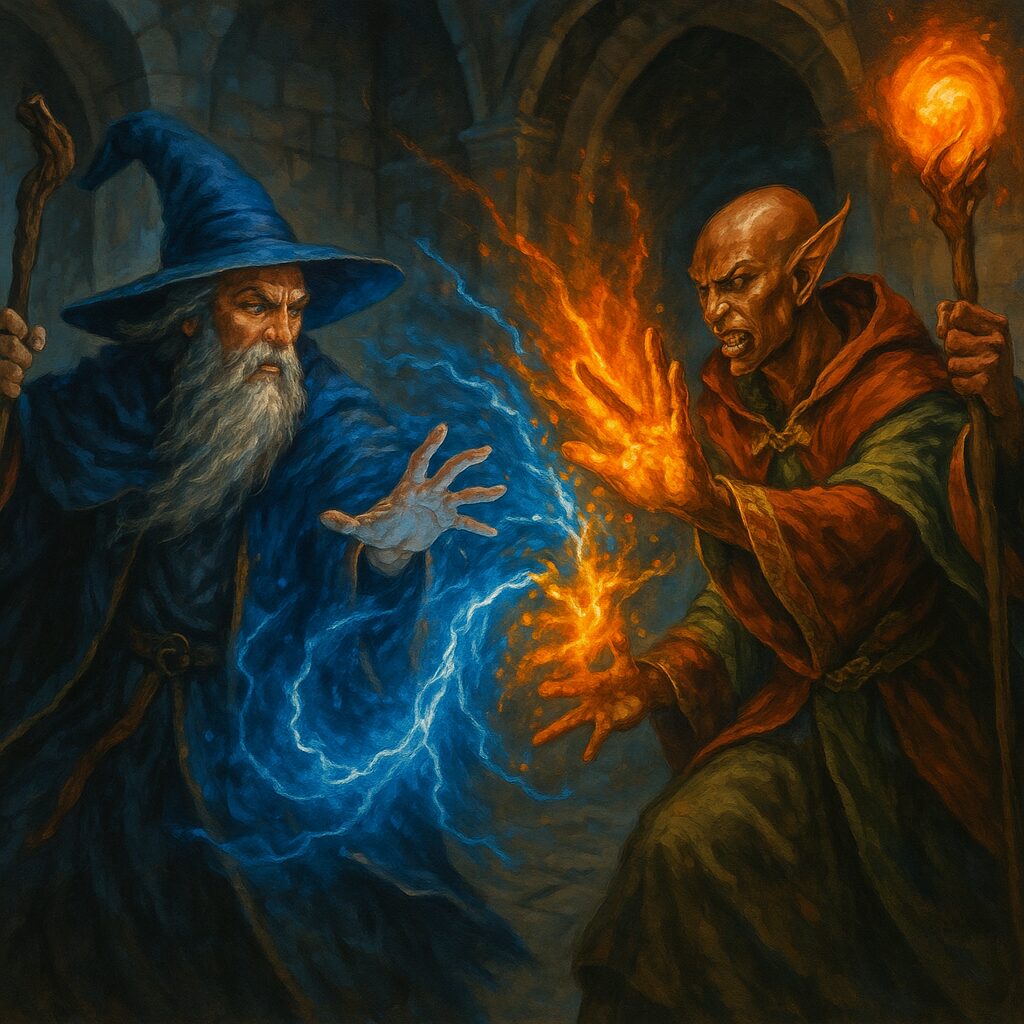
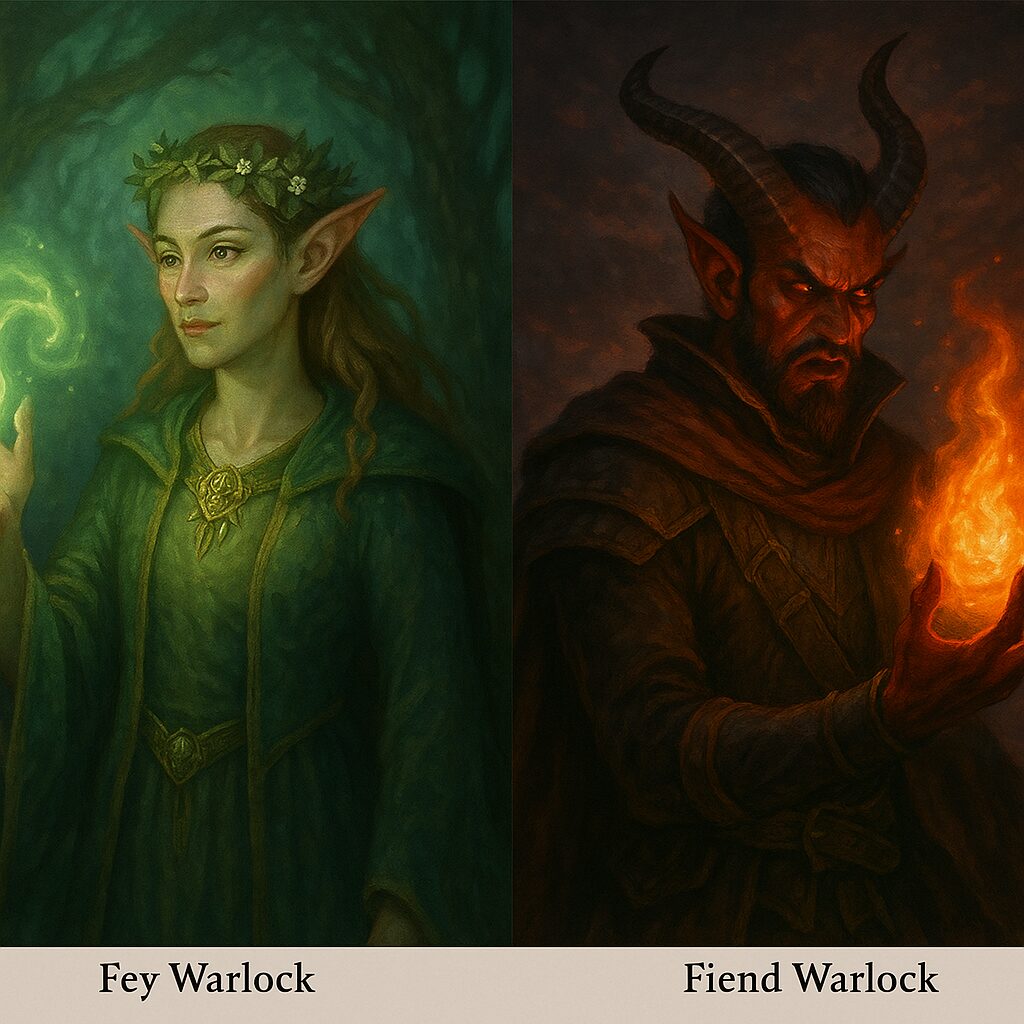
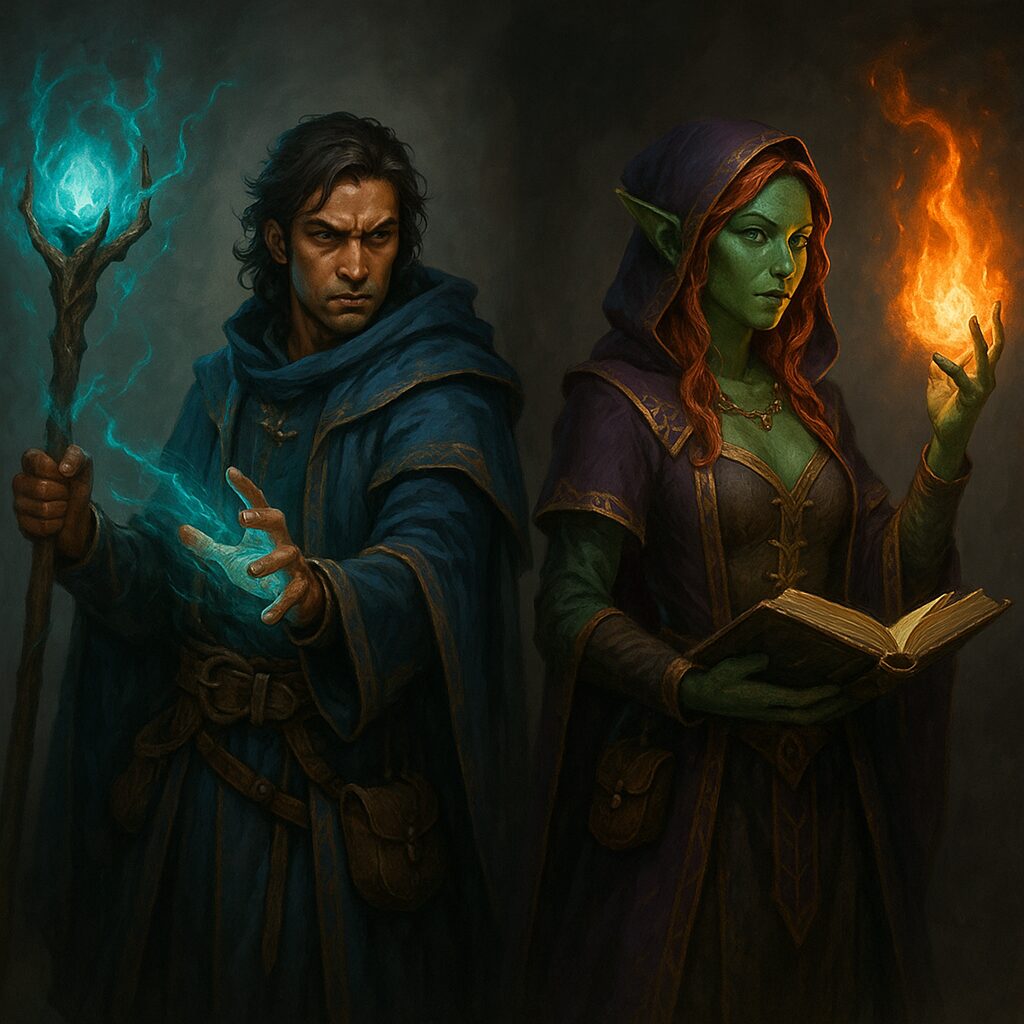
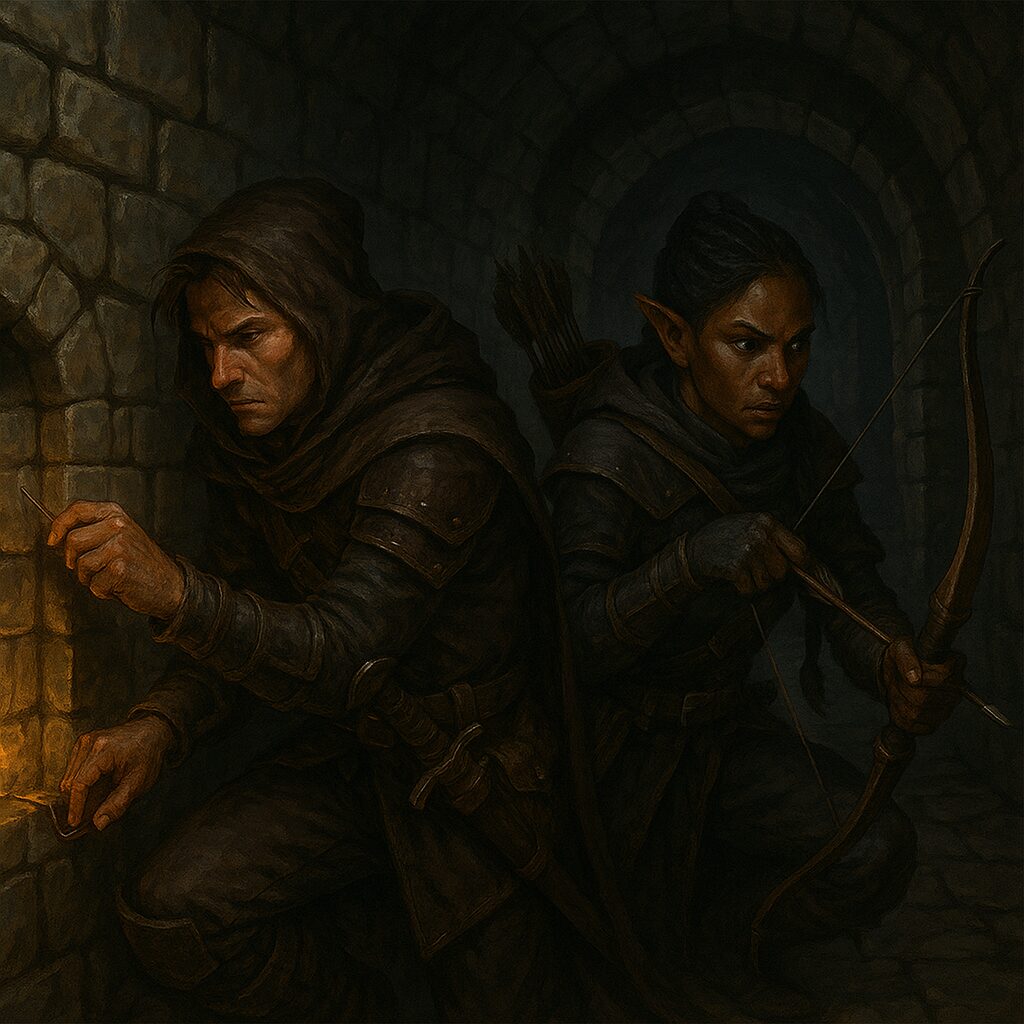
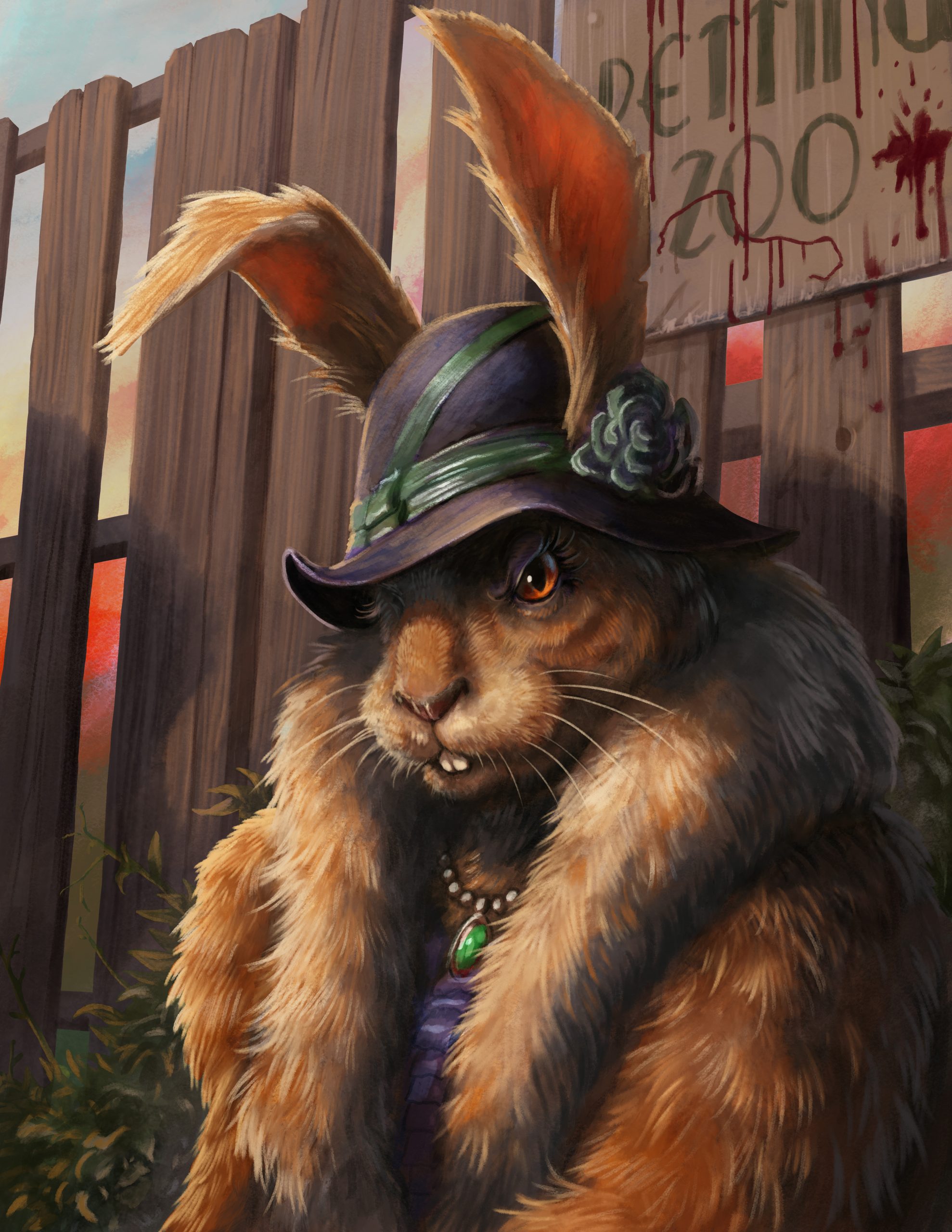
Pingback: D&D Party Composition — Playing an All Barbarian Party – Nerdarchy
November 24, 2020 at 6:26 pmPingback: D&D Party Composition — Playing an All Cleric Party – Nerdarchy
October 2, 2022 at 11:12 amPingback: Playing D&D with an All-Ranger Party: Nature’s Unyielding Wrath – Nerdarchy
January 13, 2025 at 7:08 pm